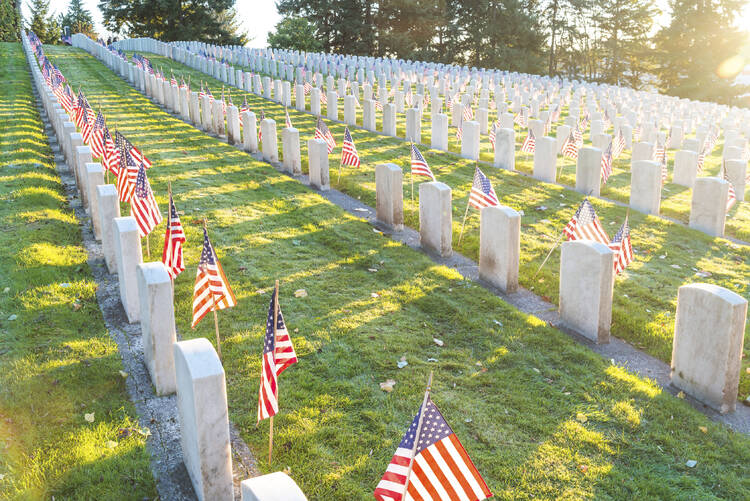Memorial Day has passed, quiet and warm, with full beaches and maybe some visits to cemeteries where the war dead lie.
Those of us who grew up during World War II remember long lines at the groceries for rationed foods like butter, air raid drills with sirens in the night, air wardens patrolling the dark streets to make sure all lights were out, and, saddest of all, the little flags with gold stars that hung from our neighbors’ windows, marking the home where a son had died in battle.
Today the actions in Iraq and Afghanistan are not called “wars” but “support” for forces that we think share our values. But in a covert way both wars are still being fought in our own neighborhoods: internal, psychological struggles in which mentally and physically wounded veterans struggle for meaningful lives and sometimes fail and, more often than we realize, take their own lives in despair.
A few statistics: the annual suicide rate is 29.5 per 100,000 veterans, which is 50 percent higher than the rate of similar civilians. One current study estimates there is one military suicide a day. Over all, the patterns today are quite different than those of previous generations.
Why? Perhaps because Afghanistan and Iraq have attracted more volunteers prone to risk-taking and impulsive behaviors. It’s an all-volunteer army and a high proportion of the fighters have been deployed four or more times. For many of these soldiers the risks of suicide drop when they are abroad and then soar when they return home. While scientists across the country are gathering data, those who kill themselves are little understood. According to the New York Times a theory is emerging that “the very skills they learned to keep themselves alive—unceasing vigilance, snap decision making, intolerance for carelessness, and the urge to act fast and decisively,” work against them in peace time. They are “hyper hardwired” to confront all situations. They are conditioned to strike quickly at night in raids on insurgents—called “vampirework”—but when they are home the failure of someone to pick up a dropped piece of paper is liable to trigger an emotional explosion.
This may explain why a soldier’s suicide rate, 40 per 100,000, is greater when back home. There is no one clear cure for men caught in this track, except the help of friends as well as psychologists who can get them to think before they act. As one struggler put it, as he started his first job, his boss, “got me to see the humanity of the people I was confronting.” That’s a long way from what he was trained to see in war.








